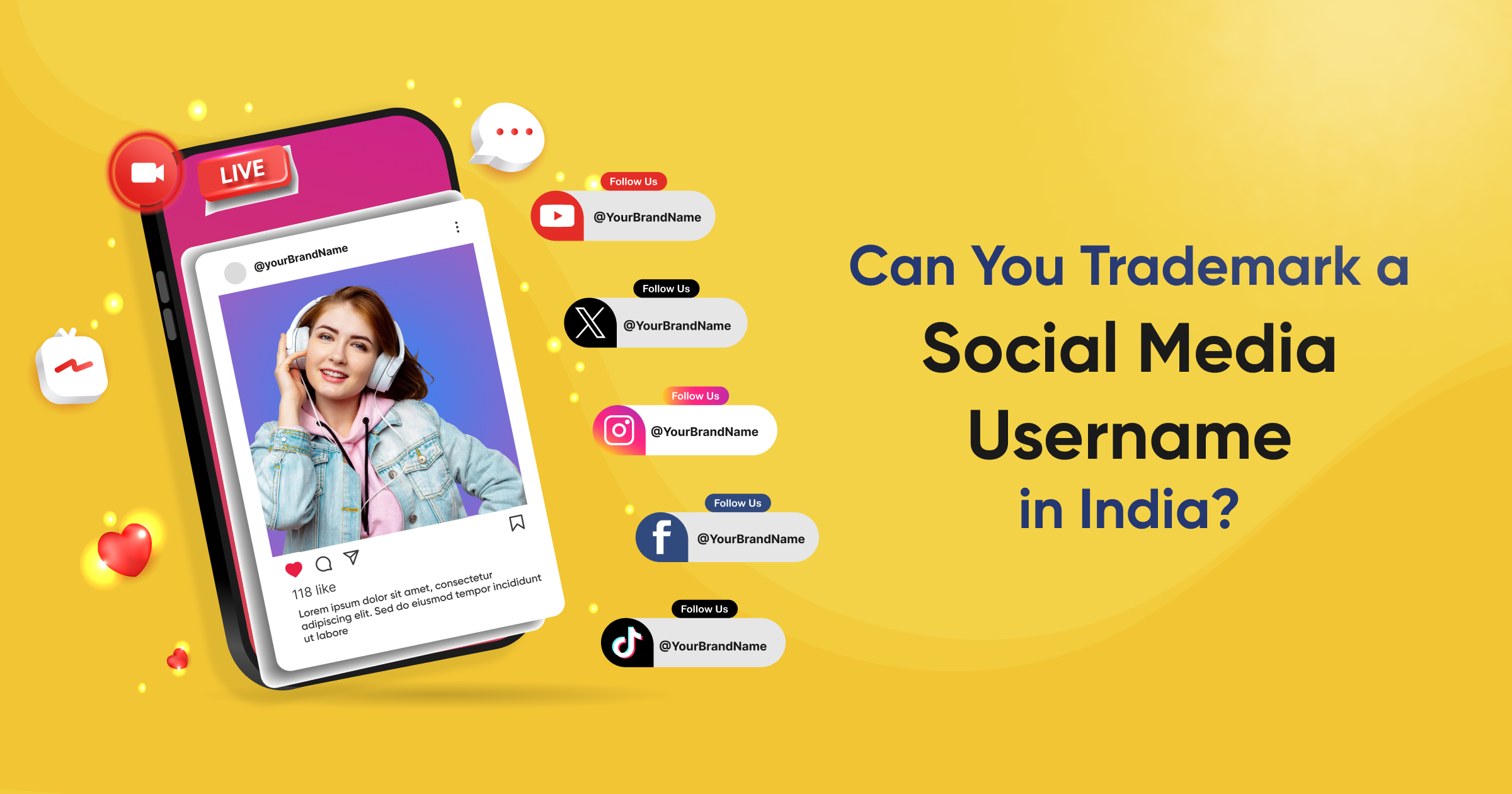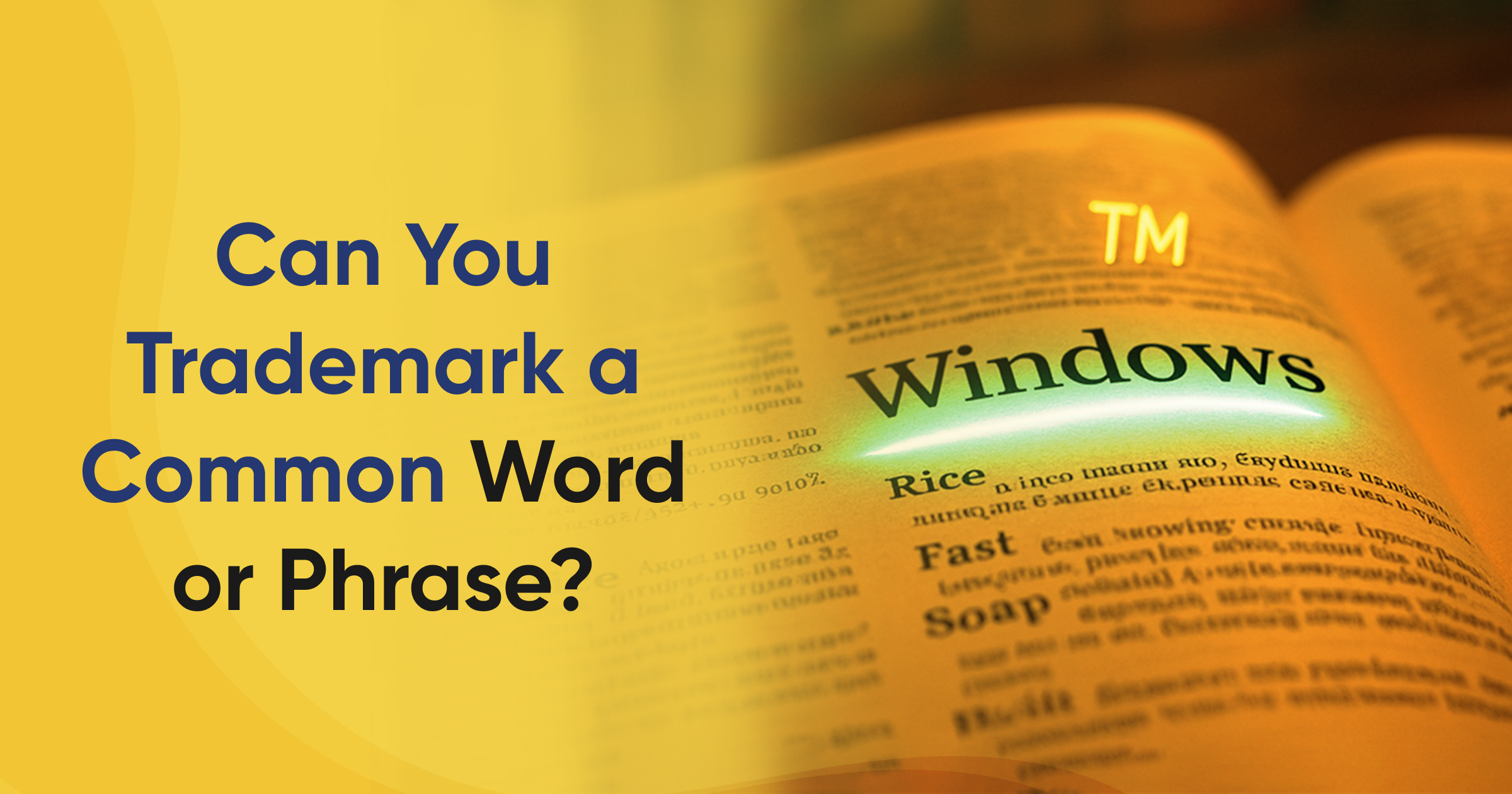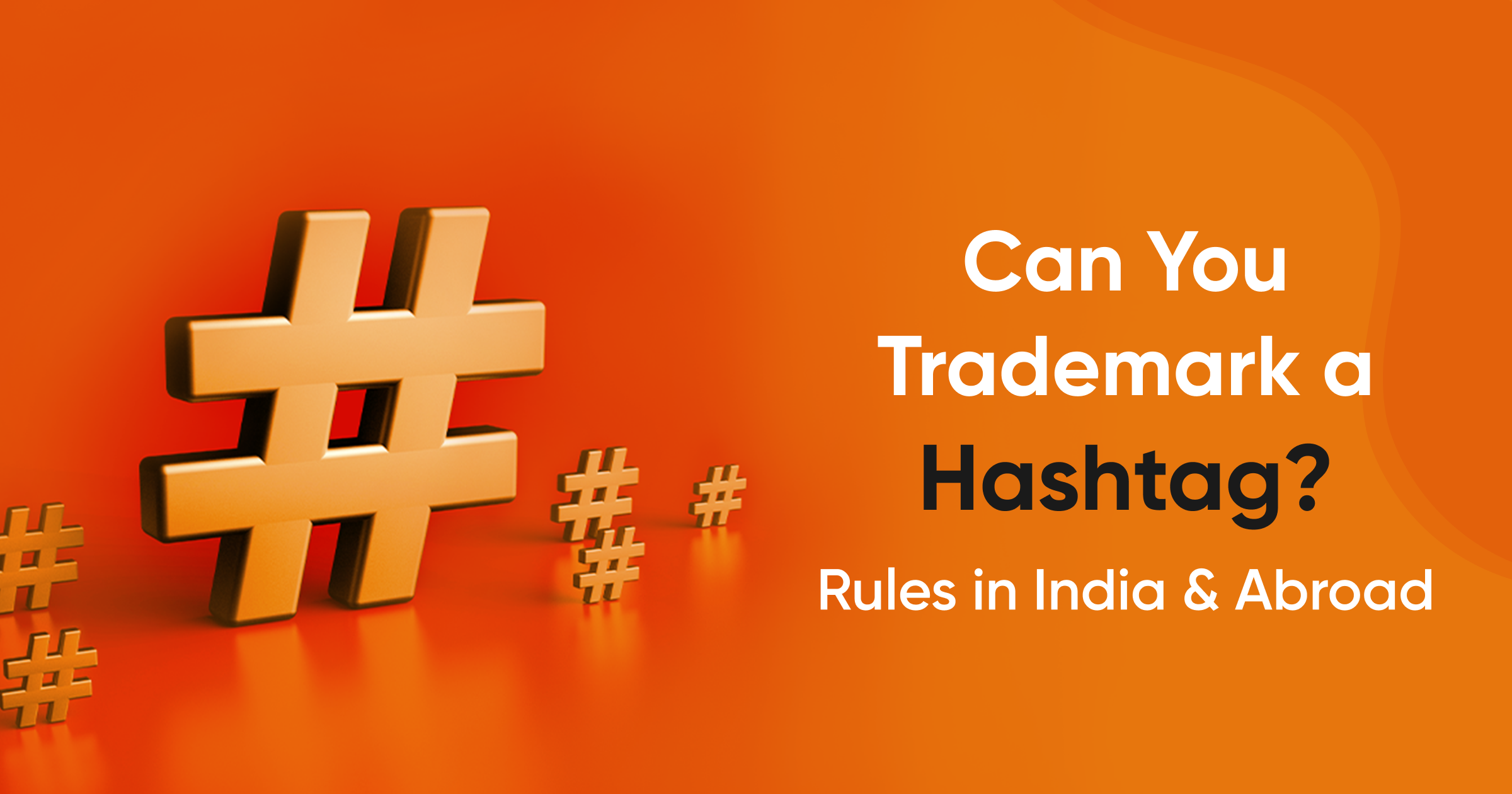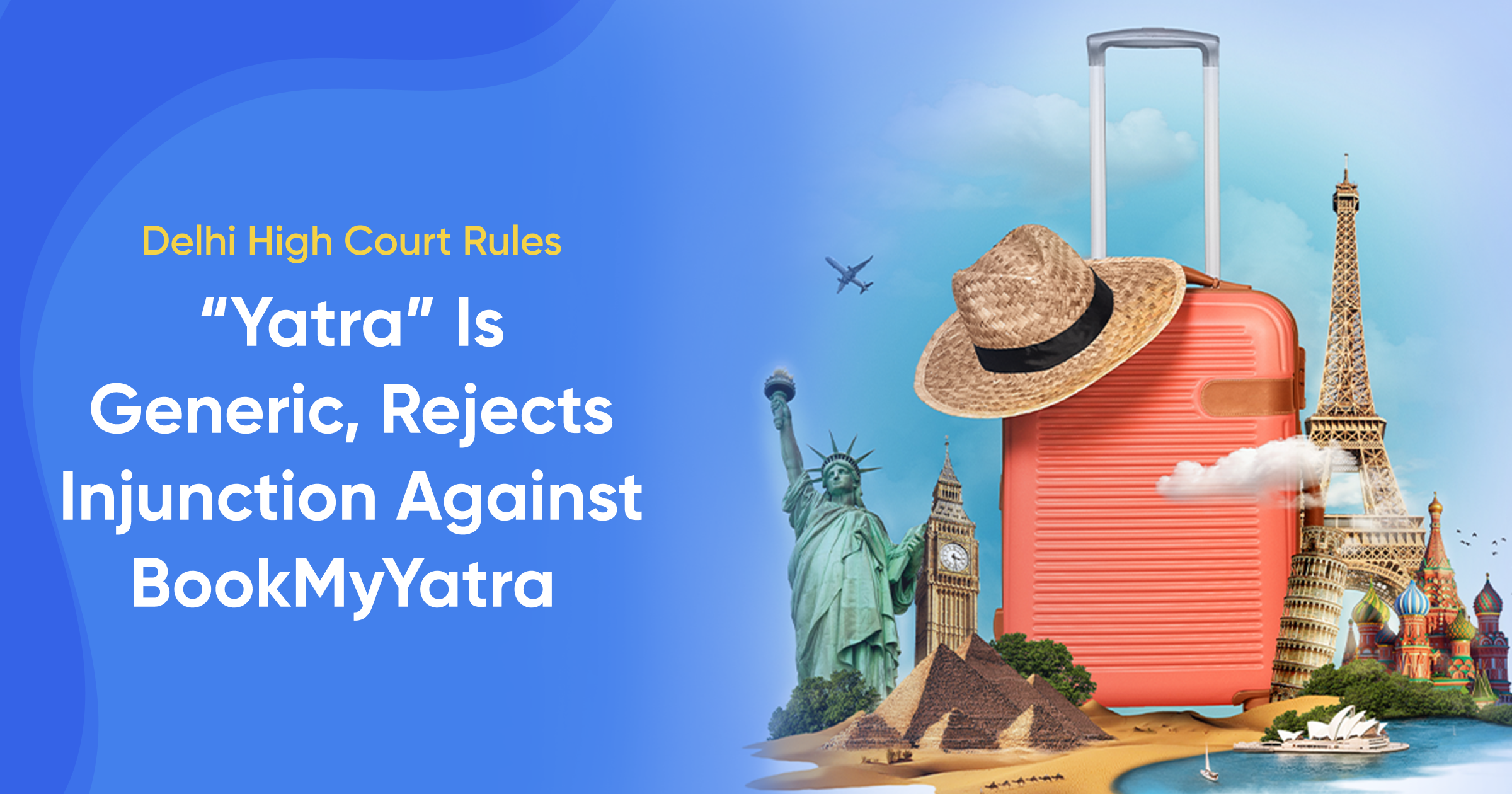Social media is no longer just for fun. For businesses, influencers, and creators, a username is often the brand. It’s how people find you, follow you, and trust you. But what if someone copies your handle? Can you trademark a social media username in India? The answer is yes - with conditions.
What trademark law protects in India
Under the Trademarks Act, 1999, a trademark protects any sign that helps customers identify your goods or services. This includes traditional trademarks like:
- Business names
- Logos
- Slogans
And can also extend to non-traditional trademarks such as:
- Shapes of goods or their packaging
- Sounds
- Combinations of colors
The law’s goal is simple: to prevent confusion in the marketplace. A username, by itself, is just a tag. But if that tag represents your business or services, it can qualify as a trademark.
When a username qualifies for a trademark
Not every username gets protection. To qualify in India, your handle must:
Be distinctive - A unique name like “Nykaa” can be protected. A generic one like “BestFashionStore” cannot.
Not be descriptive - Handles that only describe the product (“FreshJuice123”) are weak and often rejected.
Be tied to business use - If you use the handle only for personal updates, it won’t count. But if it promotes your brand, products, or services, then it qualifies.
Be used in trade - You must show that the username is not just casual but actively used in commerce - selling, promoting, or advertising goods and services. In short, your username should act as your brand identity, not just a nickname.
Why trademark your social media username?
Your username is more than a name. It’s your identity. It’s how people search for you, tag you, and talk about you. Losing it can mean losing customers, trust, and even money. Here’s why trademarking it in India makes sense.
Exclusive rights
When you trademark your handle, the law gives you ownership. No other business in your field can use that name. It’s yours, legally and publicly. This prevents confusion and builds a clear brand identity.
Protection from impersonation
Fake accounts are everywhere. Some try to scam your followers. Others ride on your popularity. With a registered trademark, you have the right to act fast. You can report, block, and shut down imposters with proof in hand.
Legal remedies under Indian law
The Trademarks Act, 1999 gives you real power. If someone misuses your username, you can send a legal notice. If needed, you can file a lawsuit. Courts can stop the infringer, award damages, and even seize profits earned through misuse.
Digital recognition on platforms
Social media companies don’t want disputes. They respect trademarks. If you show your registration certificate, platforms like Instagram, Facebook, and X often transfer the username to you or remove the fake account. Without a trademark, you’re left waiting.
Asset creation
A trademark is not just protection - it’s property. Once registered, your username becomes an asset. You can license it to others. You can franchise it as your brand grows. You can even sell it if you rebrand. It’s like owning prime digital real estate. Think of it this way: your username is the signboard of your online shop. By trademarking it, you lock the sign so no one else can hang it up.
How to trademark a social media username
Here’s the process under the Trademarks Act, 1999:
-
Run a trademark search: Use the Indian Trademark Registry database to check if your username is already taken or too similar to an existing mark.
-
Choose the right class: Trademarks in India are divided into 45 classes. Select the one that covers your goods or services. For example, a fashion brand may fall under Class 25 (clothing) or Class 35 (business services).
-
File an application: Submit your application online with the Controller General of Patents, Designs and Trade Marks (CGPDTM). You’ll need to mention the username, select the right class, and show proof that you’re using it commercially. Doing this with the help of an experienced trademark lawyer makes the process smoother. A lawyer can guide you on the right class, draft the application correctly, and handle objections if they come up.
-
Examination and publication: The registry will review your application. If accepted, it gets published in the Trademark Journal for objections.
-
Registration: If no one objects - or if you successfully defend your case - you’ll receive a registration certificate. Your username is now legally protected.
What if someone copies your username?
If someone copies your username, a trademark gives you power. You can send a legal notice and demand they stop. You can file a complaint with the platform, and with your registration certificate, they are more likely to act quickly. If the misuse continues, you can go to court under the Trademarks Act, 1999. Judges can order an injunction, award damages, and even freeze accounts in serious cases. Without a trademark, your options are weak. Platforms may ignore your complaint unless you can prove clear legal rights.
From handle to brand
You cannot trademark a username just because you made it. The law demands more. It must be distinctive. It must be linked to business. It must be used as your brand. Only then does it qualify. Many people try to do it alone and get stuck - wrong class, weak evidence, rejected application. That wastes time and money.
With Trademarkia’s experienced Trademarkia lawyer, you do it right the first time. You get exclusive control, legal protection, and long-term ownership of your digital identity. In today’s online-first world, that’s not just smart - it’s essential.






